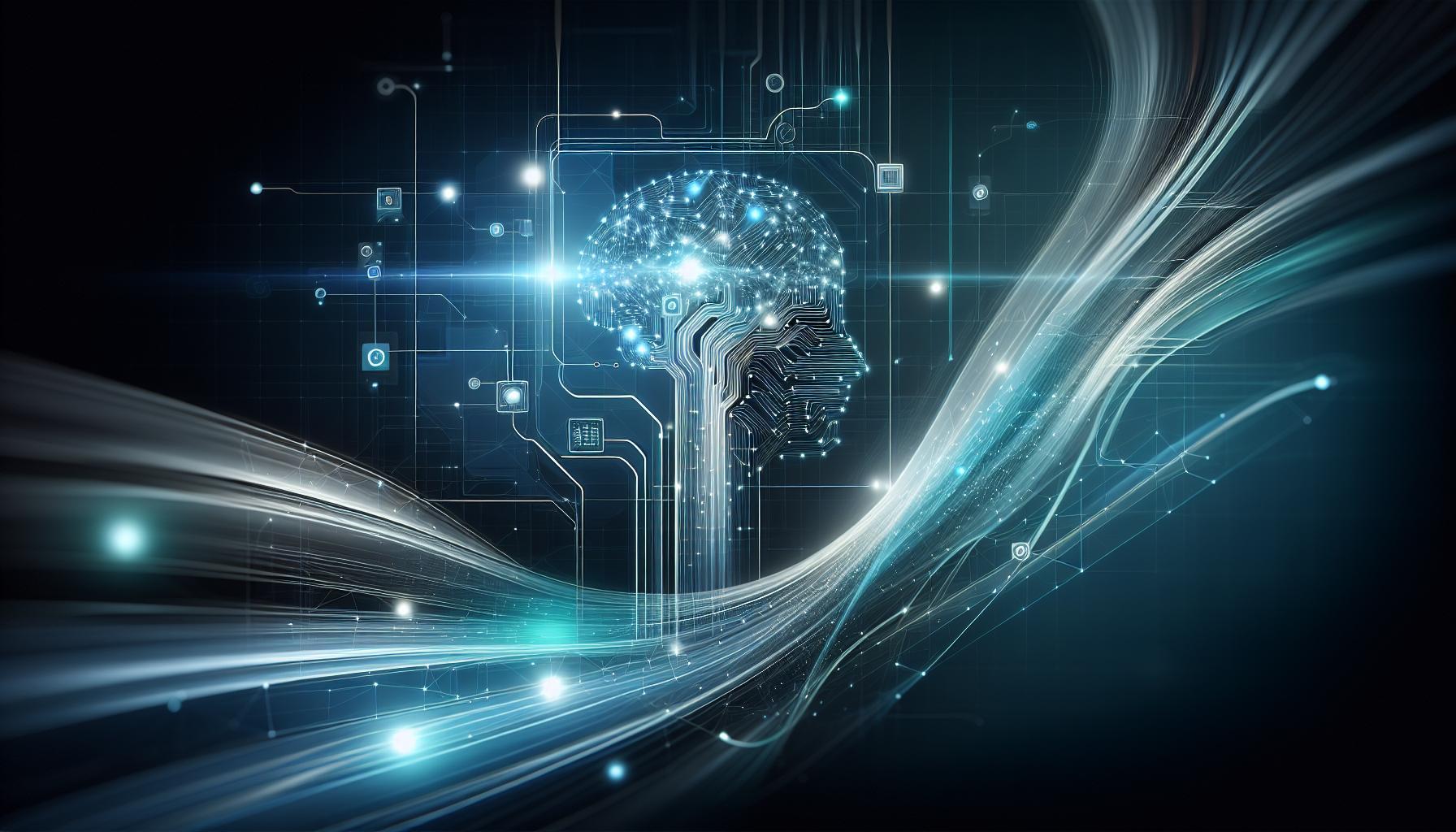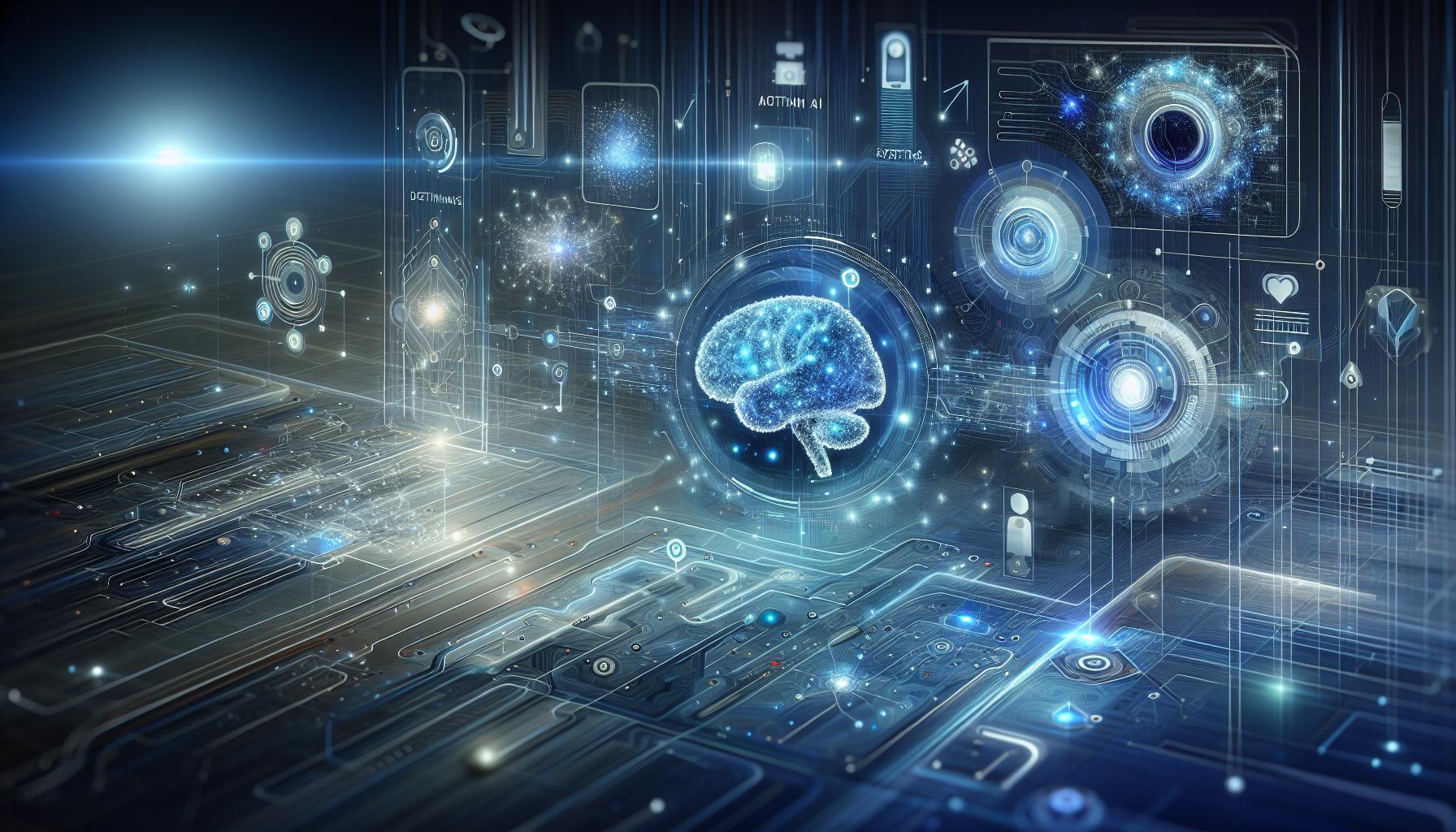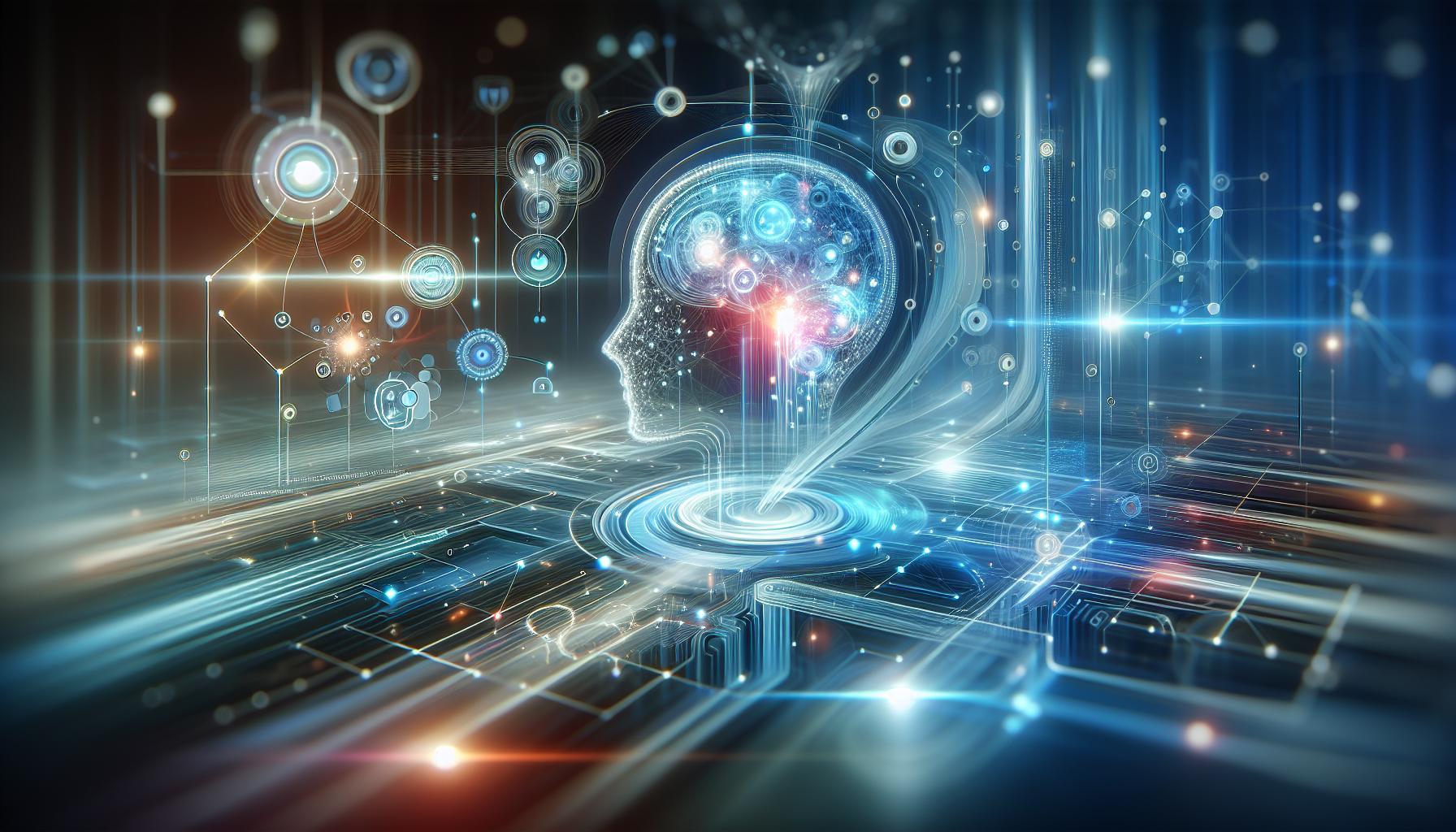As artificial intelligence technology evolves, it raises urgent questions about morality and legality, particularly concerning the creation of child pornography through AI. This issue not only challenges our legal frameworks but also our ethical standards, prompting a critical examination of societal values in the digital age. Understanding these complexities is essential in safeguarding vulnerable populations.
The Definition and Implications of Child Pornography in the Digital Age
In our increasingly digital world, the rise of artificial intelligence has led to groundbreaking innovations across various fields. However, this rapid technological advancement has also given rise to significant moral and legal dilemmas, especially concerning the disturbing issue of child pornography. As a society, we grapple with defining and addressing the implications of such content, particularly when it intersects with AI-generated material. Understanding what constitutes child pornography in the digital age is not just crucial for legal frameworks but also vital for protecting vulnerable children and maintaining ethical boundaries.
The term child pornography encompasses more than just the explicit sexual exploitation of minors; it often includes any representation of a minor engaged in sexually explicit conduct or an image that conveys the impression of such conduct. In the digital landscape, child pornography can be easily disseminated, manipulated, and replicated, posing unique challenges for law enforcement and policymakers. With the introduction of AI technologies, the potential for generating realistic yet entirely fabricated images of children has sparked intense debate.
Legal Repercussions
The legal landscape surrounding AI-generated content, particularly regarding reports of potential violations, is still developing. Some jurisdictions classify the generation of such material, even when it does not involve real children, as illegal under laws designed to protect minors. Here’s a simple breakdown of the legal implications:
| Legal Aspect | Description |
|---|---|
| Creation | Generating AI-created child pornography may fall under existing laws that prohibit child sexual exploitation. |
| Distribution | The sharing or distribution of such material can lead to severe penalties, replicating the consequences for real child pornography. |
| Possession | Even possessing AI-generated images resembling child pornography can lead to criminal charges in various jurisdictions. |
Ethical Considerations
The ethics surrounding this issue are equally complex. For instance, creating AI-gen
Comparing Traditional and AI-Generated Child Pornography Legal Cases
When examining the legal landscape surrounding child pornography, it is crucial to distinguish between traditional and AI-generated content. This is particularly relevant as advancements in artificial intelligence continue to blur the lines of legality and ethics. Understanding the nuances between these two types of cases can provide insight into the legal frameworks that govern them and the societal implications they carry.
Legal Frameworks and Implications
The legal status of traditional child pornography is clear and well-established. Under U.S. federal law, the possession, distribution, or creation of child pornography is a serious crime punishable by severe penalties, including lengthy prison sentences. Similar laws apply in numerous countries, defined explicitly by the presence of actual minors in the content. In contrast, the legality of AI-generated child pornography is much more ambiguous and subject to ongoing debate. As technology evolves, so too does the legal understanding of what constitutes illicit material. Some jurisdictions have begun to draft legislation that explicitly addresses AI-generated content, while others rely on existing laws that may not adequately encompass these new technologies.
The Consequences of Distribution
Both traditional and AI-generated child pornography cases can lead to devastating consequences for all parties involved. However, the ramifications differ significantly based on the nature of the content.
Q&A
Is AI Generated Child Pornography Illegal?
Yes, AI generated child pornography is illegal in many jurisdictions. It is considered a serious crime because it involves the sexualization and exploitation of minors, even if no real children are used.
Legislation varies by country, but many places have laws that explicitly prohibit all forms of child pornography, including digitally created content. The use of AI to create such materials does not exempt it from being classified as illegal.
For more details on the legal implications, consider exploring our article on legal aspects of AI-generated content.
What are the legal consequences of creating AI generated child pornography?
The legal consequences of creating AI generated child pornography can include severe criminal charges, including imprisonment and fines. In many jurisdictions, penalties are harsh due to the serious nature of the offense.
In addition to criminal penalties, individuals may also face civil liability and reputational damage. Law enforcement agencies take these cases seriously, often leading to heightened scrutiny and significant legal repercussions.
For more insights on potential legal penalties, refer to our discussion on laws regarding child exploitation.
Why does AI generated child pornography pose ethical concerns?
AI generated child pornography raises ethical concerns as it perpetuates the sexualization and exploitation of minors, even if no real children are involved.
This form of content can normalize harmful attitudes towards children and fuel the demand for illicit materials. Moreover, it raises pressing questions about consent, digital ownership, and moral responsibility in AI development.
Further ethical considerations are discussed in our article on ethics in AI technologies.
Can I report AI generated child pornography?
Yes, you can and should report AI generated child pornography. Reporting it to local authorities or specialized organizations helps protect potential victims.
Many organizations have hotlines and online platforms specifically aimed at addressing online exploitation. Reporting not only aids in legal action but also contributes to a safer online environment.
If you’re seeking guidance on how to report, visit our section on reporting online abuse.
How is AI technology being used to combat child exploitation?
AI technology is being increasingly employed to combat child exploitation through pattern recognition and predictive analytics, helping to identify and remove harmful content online.
Tools powered by AI can scan vast amounts of data, flagging inappropriate content much faster than human teams. Organizations use these technologies for preventive measures, such as real-time monitoring and reporting systems, making the internet a safer space for children.
For more on these advancements, please read our article about AI in child safety initiatives.
What are the implications of policy changes related to AI generated child pornography?
Policy changes regarding AI generated child pornography can lead to stricter regulations and enhanced penalties, reflecting society’s zero tolerance towards exploitation.
Such changes aim to adapt legal frameworks to the rapid advancement of technology, ensuring that laws keep pace with new methods of creating harmful content. This could involve increased collaboration between tech companies and law enforcement to develop better detection tools.
For a deeper dive into policy implications, check out our resource on AI policy and regulation.
Closing Remarks
In summary, the legal and ethical landscape surrounding AI-generated child pornography is complex and fraught with serious implications. As we’ve explored, the creation and distribution of such content raise significant concerns, not only from a legal standpoint but also in terms of moral responsibility and societal impact. It’s essential to recognize the role that technology plays in these matters, and how regulatory frameworks strive to keep pace with rapidly evolving capabilities.
The intersection of AI and law presents both challenges and opportunities for informed discourse. As we continue to navigate these realities, it’s crucial for individuals, policymakers, and technologists alike to engage in open discussions, fostering a deeper understanding of the implications of AI technology in sensitive areas.
We encourage you to delve deeper into this topic, stay informed about ongoing legal developments, and consider the ethical dimensions of AI use. Knowledge is power, and your engagement is vital in shaping a responsible future for artificial intelligence and its applications.






